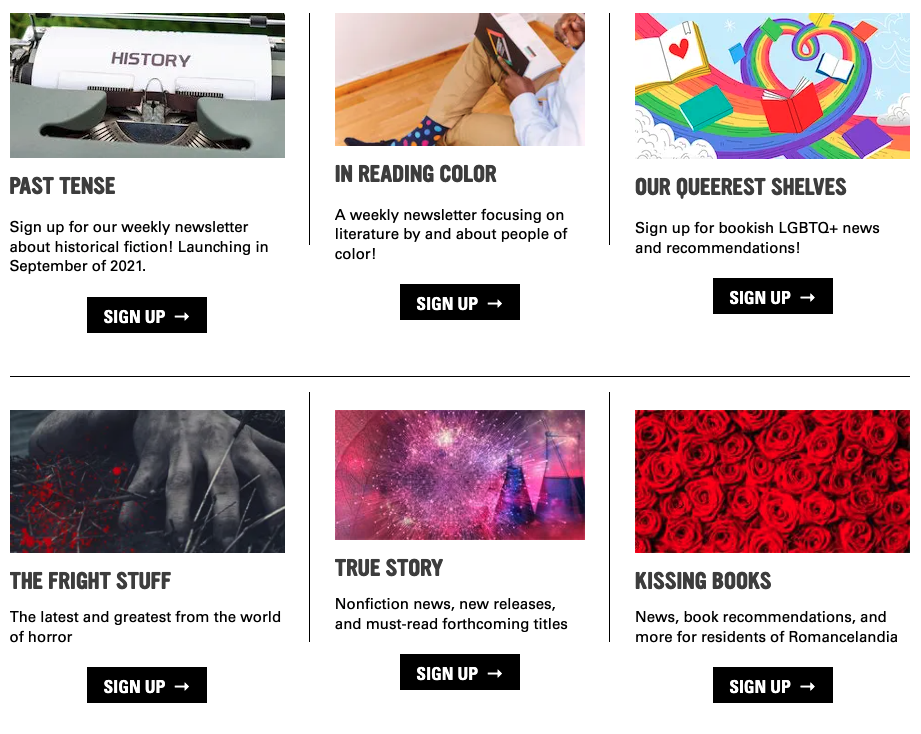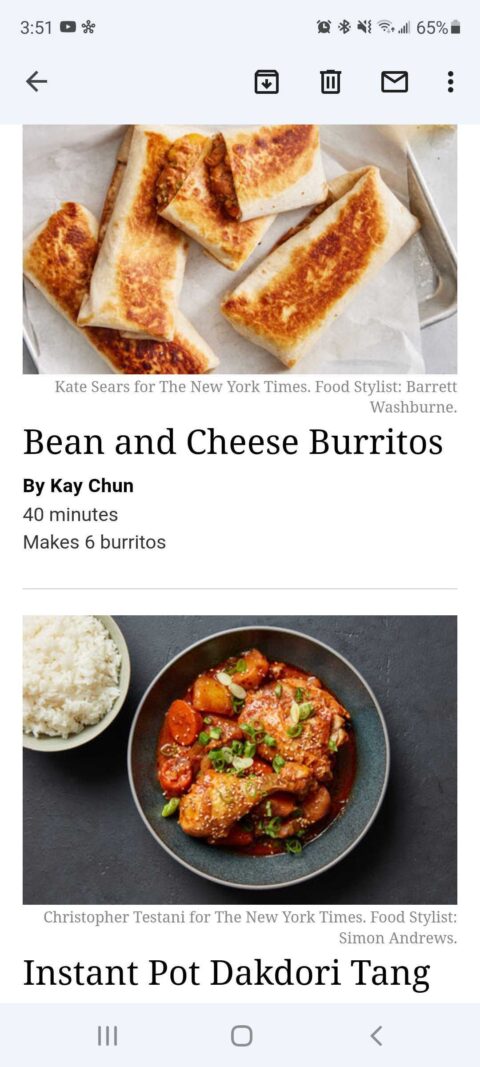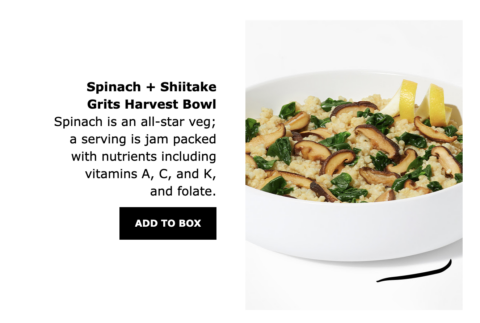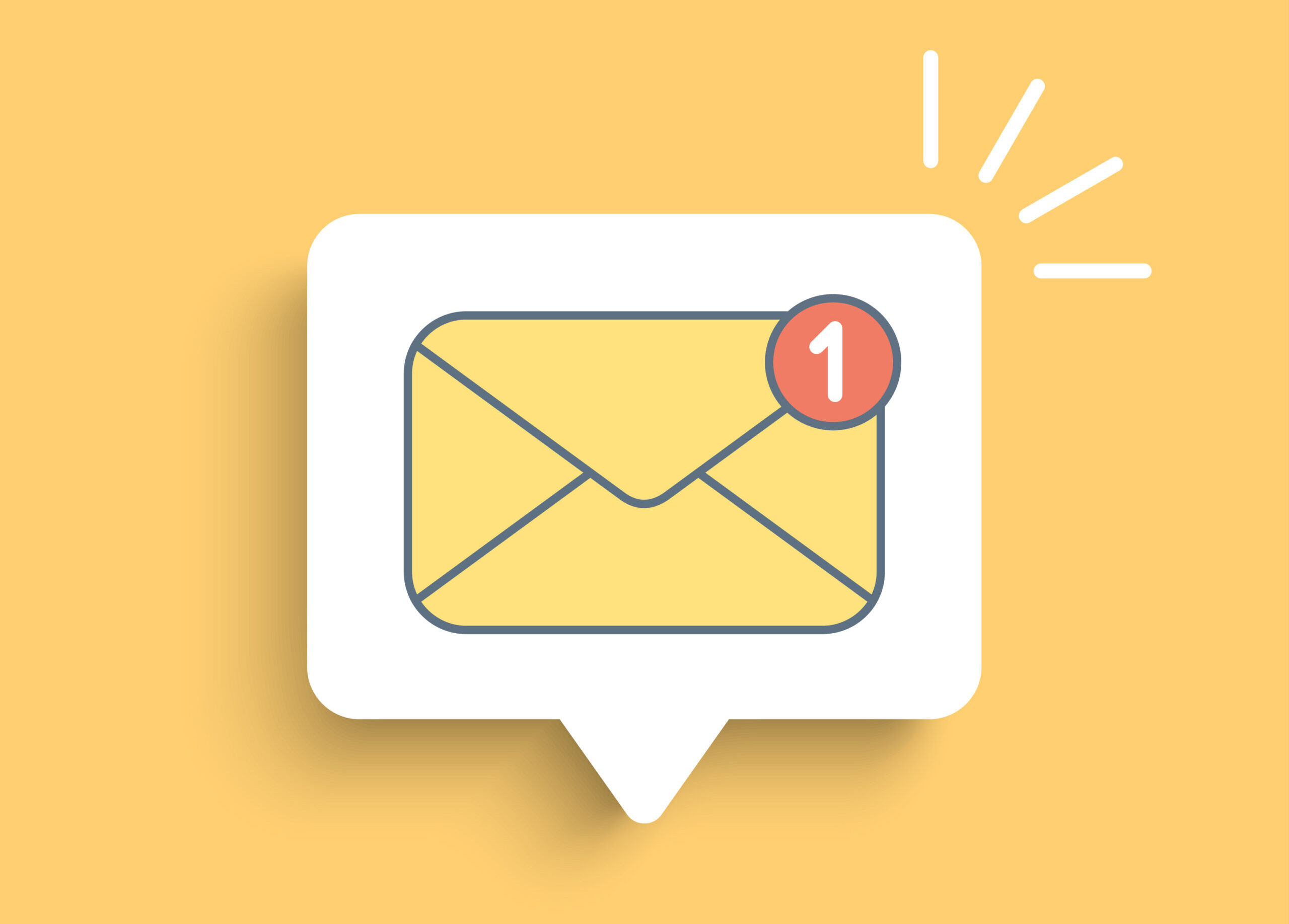Getting recipients to open your emails is the first step toward engagement. Once they do so, you need to encourage them to take the desired action, like register for an event or make a purchase. So how do you know if your emails achieve this goal? One of the most helpful metrics is your email click-through rate (CTR).
Your campaign objectives, such as conversions or lead generation, will determine which email metrics to focus on. However, CTR is a valuable metric for every type of campaign, as it helps you understand whether your email content engages readers.
Let’s dive into what CTR is, how to calculate it, and how to improve it.
An email’s CTR refers to the percentage of clicks (or taps) on links within your email based on all your successfully delivered emails—meaning it doesn’t take into account bounced emails.
Most email campaigns aim to entice recipients with valuable content and, ultimately, get them to take action. To that end, CTR helps you understand the quality and relevance of your content by measuring clicks on your calls to action (CTA).
You may be wondering, what is a good click-through rate for email? The answer varies by industry (ranging from 1% in retail to 6% in government and politics), but the average CTR across industries is 2.6%. So don’t be alarmed if your CTR is in the single digits! That’s standard for any industry.
It’s important to monitor your CTR, among other valuable metrics, to gauge how recipients respond to your communications and understand how to optimize your campaigns.
Your email service provider will most likely include CTR in your data insights. However, if you want to know how to calculate email click-through rate yourself, the formula is simple:
(Number of Recipients Who Clicked ÷ Number of Delivered Emails) x 100 = CTR
For example, if you deliver an email to 5,000 recipients, and 150 recipients click on a link within the email, the formula would look like this:
(150 ÷ 5,000) x 100 = 3
The CTR is 3%.
Many factors can influence clicks, from email design to CTA wording. Here are a few tactics to help improve your email CTR.
Content is one of the most important elements of your email. It’s what recipients sign up for, so you need to make sure it delivers.
Tailor email content to the audience—you don’t want recipients to wonder why they received an email from you. For confirmation emails and other transactions, this is straightforward. An order number and purchase details typically suffice. However, when it comes to newsletters or promotions, you can ensure relevance by segmenting your audience by interest.
[caption id="attachment_57044" align="aligncenter" width="600"]

Book Riot[/caption]
Some other content tips to keep in mind to boost CTR are:
- Hook the reader with a catchy or intriguing introduction.
- Deliver the promise of the subject line (such as a discount or interesting news story) as quickly as possible.
- Keep your content short and sweet since most recipients (55%) just want to get a few lines from senders anyway.
- Use images (such as GIFs, etc.) to make content more engaging without added text—but don’t overdo it.
- Be sure to proofread your content because if recipients spot errors, it can erode trust in your brand.
Today, 85% of recipients use smartphones to access their email. So if your emails are only accessible on desktop, you’re likely losing out on clicks from recipients who read them on mobile devices. This is why responsive design has become the norm for marketers.
Responsive design adapts the email template to the device the recipient uses to read it. This ensures that the email displays correctly regardless of the device, adjusting the width of the email, text size, and image size as needed. As a result, recipients can easily read your email and click on any links that interest them, improving your CTR.
[caption id="attachment_57045" align="aligncenter" width="350"]

NYT Cooking[/caption]
Among the things you can do to optimize emails for mobile devices, one of the most important is to start with a responsive email template. For inspiration, take a look at Twilio SendGrid’s library of free responsive templates for every type of email campaign.
When it comes to email CTR, the proof is in the click. So the tactics in this post won’t help your CTR if users can’t easily find the CTA link or don’t know where it’ll take them. Here are some CTA best practices:
- Avoid broad phrases like “click here” that leave the recipient wondering where they’ll land if they click it. Instead, use specific, concise language, such as “read more,” “donate here,” or “shop now.”
- Use a contrasting color for your CTA buttons to ensure the buttons stand out to recipients as they scan the email.
- Test out placing your CTA (if you only have one) in multiple spots throughout your email to increase the chances of getting clicks. For example, you can place an in-line link in the body text, then add a CTA button below the block of text.
[caption id="attachment_57046" align="aligncenter" width="480"]

Daily Harvest[/caption]
The day of the week and time of day when you send your email can have an impact on the open rate and CTR. However, there’s no one time slot that proves effective for all industries and types of emails.
To find the best time to send to your recipients, perform an A/B test to uncover which days and times see the highest CTR. You can start with some recommended send times (Tuesdays at 7 a.m. or 11 a.m. tend to see good results), but ultimately, your data will tell you what performs best for your campaign.
Another important factor to consider is the frequency of your emails. You may think more emails equal more clicks, but that’s not typically the case. Too many emails can lead to a high unsubscribe rate. So avoid email fatigue by striking the right balance between staying in touch with your recipients and giving them some space.
A great way to ensure you send recipients the right amount of emails is to just ask their preference. When new subscribers sign up for your email list, give them the option to select their ideal frequency: daily, weekly, monthly, etc. You can also test reengagement campaigns and email preference centers to ensure you’re only sending emails to engaged recipients—after all, they’re the most likely to click.
[caption id="attachment_57048" align="aligncenter" width="480"]

Book Riot[/caption]
The right tools can make optimizing your email campaigns much easier. Twilio SendGrid offers just that: free newsletter and retail email templates, in-depth data insights, and API reference documentation. We can help you implement your email program and improve your CTR and other performance metrics. Why not give us a try? Sign up for free to get started.


 Book Riot[/caption]
Book Riot[/caption]
 NYT Cooking[/caption]
NYT Cooking[/caption]
 Daily Harvest[/caption]
Daily Harvest[/caption]
 Book Riot[/caption]
Book Riot[/caption]